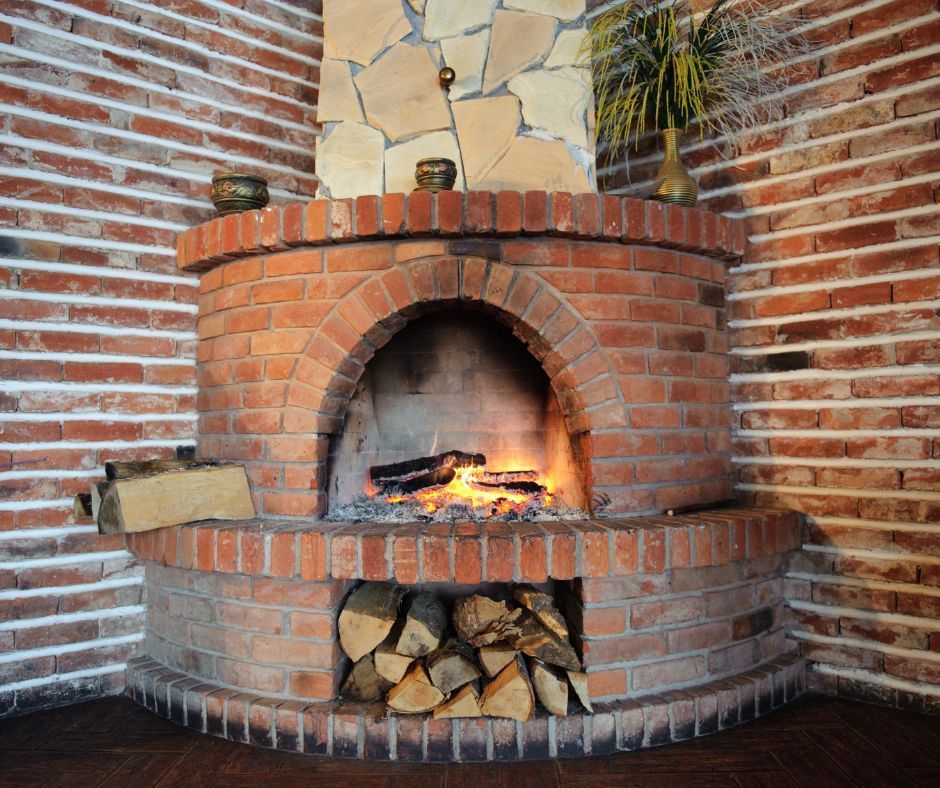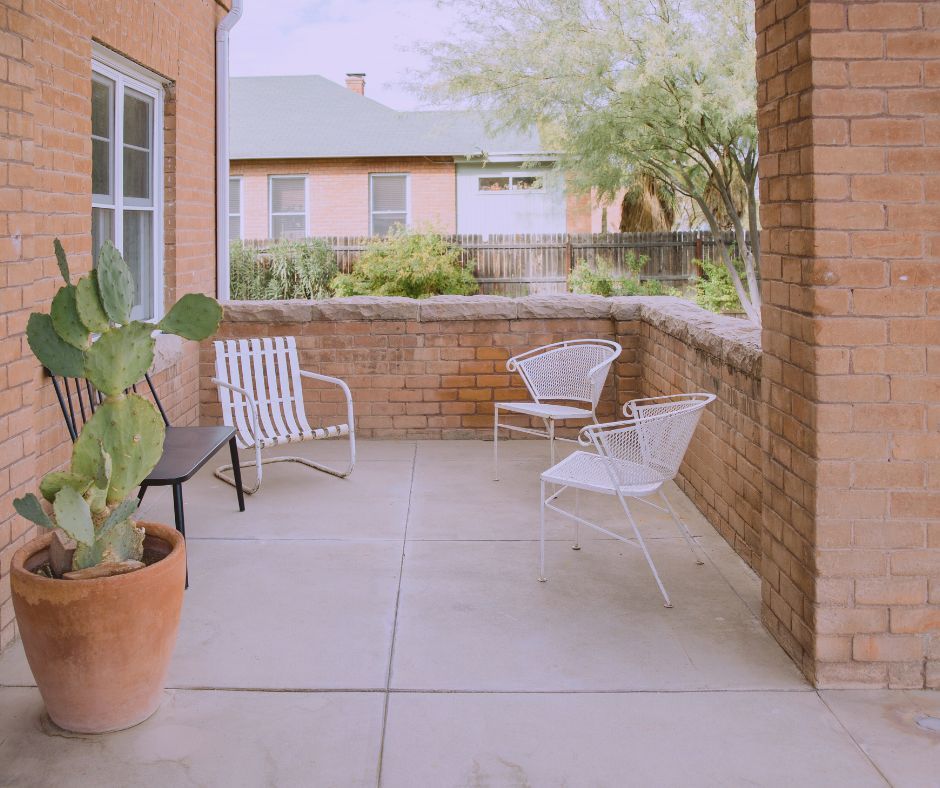Cleaning your brickwork without damaging it - Our top tips!
Although brick is really strong and often used as a building material for this strength and longevity, it can get damaged if it is being cleaned using incorrect or harsh methods. There are several reasons behind this.
Brick is porous, and this means that it is not entirely waterproof. If using harsh methods that etch into or remove some of the facing material while you are cleaning it, the brick will absorb more water than usual. If a brick is damaged, of if you're cleaning a heritage building, it will erode and crack faster than other bricks in good condition.
The brick siding is coated with sealant whenever a house is built. Did you know that there are various cleaning methods that damage the brick as well as a sealant? More importantly, in order to stay in top condition, brick sealant should really be applied again throughout the years to help prevent the brick damage.
If you’re looking to hire someone to clean up your brickwork, be sure they are not using these harsh methods that may damage the brick’s integrity.
Avoid Using Muriatic Acid on Bricks
Some people go for using muriatic acid for cleaning the bricks. It is useful for cleaning up cement and mortar in spots where it is not desirable. It’s best to leave this on the shelf and avoid using this substance on your brickwork. Muriatic acid dissolves the outer surface of the brick. Because it is highly reactive with cement-based products, it will also eat away the mortar joints.
If it is not used very carefully, the surface of your brickwork and mortar can become ‘pitted’ which can cause brickwork and mortar to hold more water. This can lead to the faster deterioration of your masonry. If the brickwork has seen enough damage, it may be subject to delamination.
Never Use a Wired Brush or any Powerful Tool
Many people are worried about stains and want to remove them from their brickwork. For this purpose, they often use very harsh methods such as powered tools with wired brushes to get to the bottom of the stain. It is suggested to steer clear of this as it can accelerate the deterioration and erosion of the brick surface and mortar joints.
If you have sealed or painted brick, this can be a surefire way to strip it off from the surface. As a result, the brickwork can then absorb the water. It is advisable to seek the help of an expert before making the decision to use this method of brick cleaning.
Avoid High Pressure washing
To save time and remove stains completely, many people also opt for high pressure washing. It’s not advisable to utilise high pressure cleaning as they can cause accelerated erosion, pitting and crumbling mortar - especially on brick homes that have already seen a few years (more reasons why mortar may deteriorate here)
Many people perform this kind of cleaning and soon realise that after a couple of years, they have damaged their brickwork. This can lead to costly repairs.

Suggestions for safe brick cleaning:
Below are the things you can do if you want to clean your masonry:
- Try using the soft washing method. In such a method, you may use lower water pressure from settings 100 psi to 500 psi of water force, in combination with a gentle cleaning solution. Great for saving the brickwork from high pressure damage.
- Sometimes a simple rinse down with a soft broom and the garden hose is enough. You can use some sugar soap and water in combination with a brush or broom (not wired as mentioned above)
Although safe cleaning can take a little longer than some of the above-mentioned methods to avoid, it is in your best interests. The more safe cleaning is practiced, the less chances are there are that you will find brick damage. If you think that your home might be up for some masonry repairs, Sydney is our primary service area.
We can help you with brick repairs in Sydney ranging from mortar repair and replacement, repointing, all the way to a complete home facelift with some tuckpointing if you want that brand-new look overall.
If you have any questions, give Keystone Pointing a call today - visit our
contact page.



